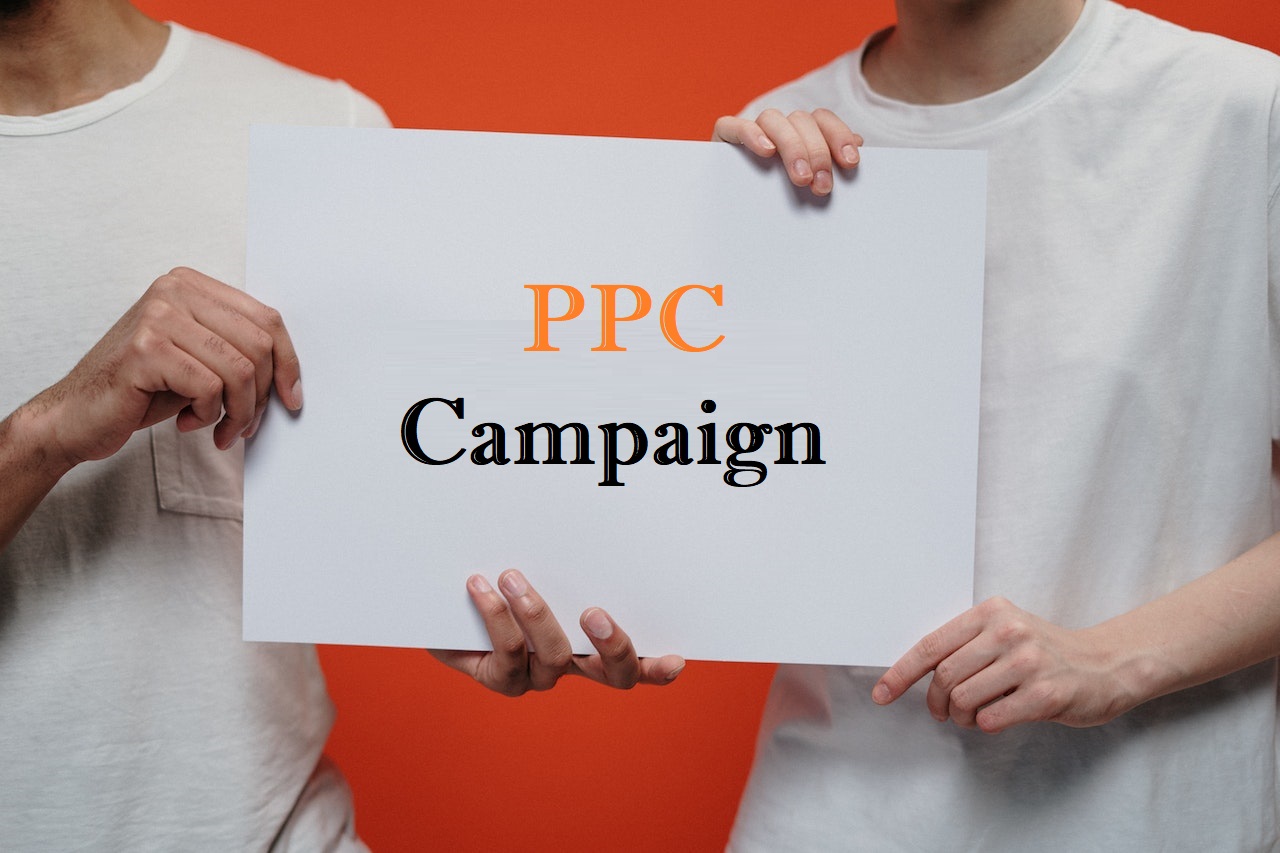Strategies for Successful Email Marketing
Email marketing is a popular and effective way for businesses to reach out to their customers and potential customers. It involves sending emails with relevant content and promotions to subscribers in order to build brand loyalty, drive traffic to a website, and ultimately increase sales. However, successful email marketing requires more than just sending out regular newsletters. In this article, we’ll explore some of the key strategies that businesses can use to create effective email marketing campaigns.

Build a targeted email list
The success of an email marketing campaign largely depends on the quality of the email list. Businesses should focus on building a targeted email list, which consists of people who are genuinely interested in their products or services. This can be achieved by offering incentives such as free ebooks or discounts in exchange for signing up for the email list. Businesses can also use social media platforms to promote their email list and encourage followers to sign up.
Segment your email list
Once businesses have built an email list, they should segment it based on different criteria such as age, gender, location, and interests. This allows businesses to send more targeted emails that are relevant to the interests of the subscriber. For example, a fashion retailer can send emails about women’s clothing to female subscribers and emails about men’s clothing to male subscribers.
Create a compelling subject line
The subject line is the first thing that subscribers see when they receive an email. It’s important to create a compelling subject line that captures their attention and encourages them to open the email. Businesses can use personalization, urgency, and curiosity to create compelling subject lines. For example, a subject line that says “Your 50% off coupon expires tomorrow” creates a sense of urgency and encourages subscribers to open the email.
Use a responsive email design
A responsive email design ensures that emails are optimized for different devices such as desktops, laptops, tablets, and smartphones. This is important because more and more people are accessing their emails on mobile devices. A responsive design ensures that the email is easy to read and navigate on any device.
Personalize the email content
Personalization is key to creating effective email marketing campaigns. Businesses can use data such as the subscriber’s name, location, and past purchases to personalize the email content. This makes the email more relevant to the subscriber and increases the chances of them engaging with the content.
Keep the email content concise and relevant
People receive dozens of emails every day, so it’s important to keep the email content concise and relevant. Businesses should focus on one main message or call-to-action and use short paragraphs and bullet points to make the email easy to read. Including images and videos can also make the email more engaging.
Include a clear call-to-action
Every email should have a clear call-to-action that encourages subscribers to take a specific action such as making a purchase or visiting a website. Businesses should use clear and concise language to communicate the call-to-action and include buttons or links that make it easy for subscribers to take the desired action.
Test and optimize
Testing and optimizing is an important part of email marketing. Businesses should test different subject lines, email designs, and call-to-actions to see what works best. This allows them to optimize their email campaigns and improve their overall effectiveness.
Monitor and analyze performance
Businesses should monitor and analyze the performance of their email campaigns to see what is working and what needs improvement. They can use metrics such as open rates, click-through rates, and conversion rates to measure the effectiveness of their campaigns. This allows them to make data-driven decisions and improve the ROI of their email marketing efforts.
Ensure compliance with email marketing laws
Finally, businesses should ensure that they comply with email marketing laws such as the CAN-SPAM Act. This includes including a clear opt-out option in every email, using accurate and truthful subject lines, and including the business’s physical address in every email. Compliance with email marketing laws not only avoids legal issues but also builds trust with subscribers and helps maintain the reputation of the business.
Nurture the subscriber relationship
Successful email marketing is not just about sending promotional emails. Businesses should also focus on nurturing the subscriber relationship by providing valuable and relevant content that goes beyond just promoting products or services. This can include helpful tips, industry news, and educational content that positions the business as a thought leader in their industry. By providing value to subscribers, businesses can build trust and loyalty, which can ultimately lead to increased sales.
Use automation
Automation can help businesses save time and improve the effectiveness of their email marketing efforts. For example, businesses can use automation to send welcome emails to new subscribers, follow-up emails after a purchase, and abandoned cart reminders. Automation allows businesses to create personalized and timely emails that can increase engagement and ultimately lead to more sales.
Use social proof
Social proof is a powerful tool that businesses can use to build credibility and trust with subscribers. This includes using customer reviews and testimonials in emails to showcase the positive experiences of other customers. Social proof can also be used to promote popular products or services or to highlight the achievements or awards of the business.
Keep the email frequency consistent
Consistency is key when it comes to email marketing. Subscribers expect to receive emails at a consistent frequency, whether it’s weekly, bi-weekly, or monthly. Businesses should be mindful of the frequency of their emails and ensure that they are not overwhelming subscribers with too many emails or leaving them waiting too long between emails.
Optimize for deliverability
Finally, businesses should optimize their emails for deliverability to ensure that they reach the subscriber’s inbox. This includes using a reputable email service provider, maintaining a clean email list, and avoiding spam triggers such as excessive use of capital letters or certain words in the subject line. By optimizing for deliverability, businesses can ensure that their emails are reaching their intended audience and maximize the effectiveness of their email marketing efforts.
Conclusion
Successful email marketing requires a strategic and targeted approach. By building a targeted email list, segmenting the list, creating compelling subject lines, personalizing the content, keeping the email content concise and relevant, including a clear call-to-action, testing and optimizing, monitoring and analyzing performance, ensuring compliance with email marketing laws, nurturing the subscriber relationship, using automation, using social proof, keeping the email frequency consistent, and optimizing for deliverability, businesses can create effective email marketing campaigns that drive engagement, build loyalty, and ultimately increase sales.


